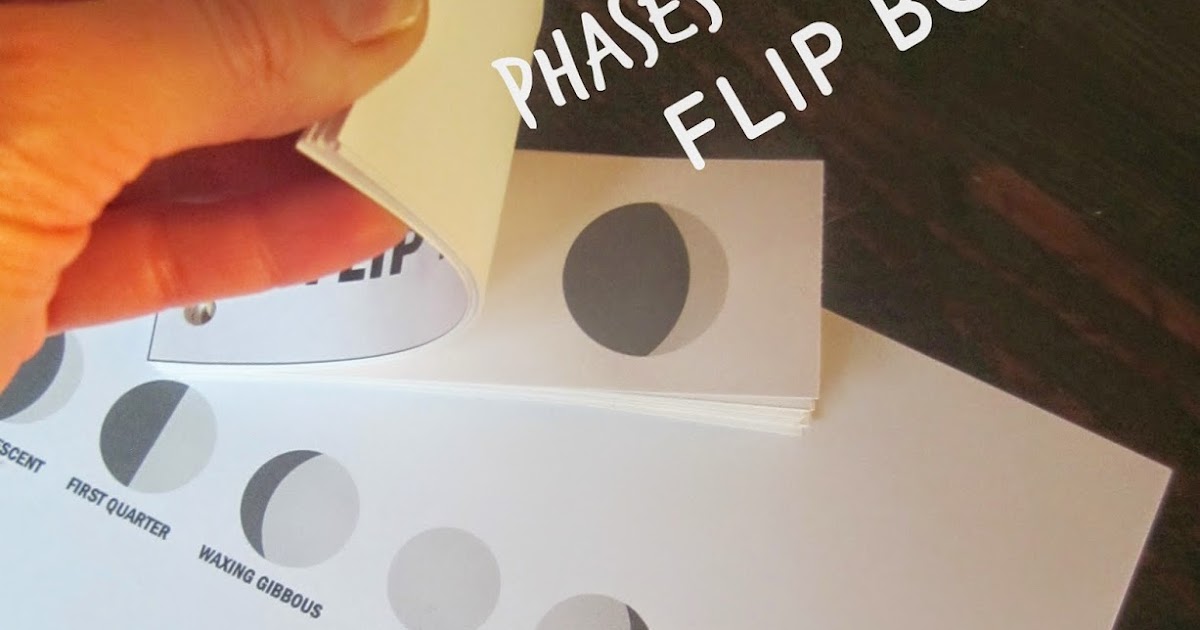Embedded Files
Visualistan
Visualistan
Phases of the Moon
Phases of the Moon
Click on the link then scroll down.
Armagh Observatory and Planetarium
Armagh Observatory and Planetarium
BBC Bitesize
BBC Bitesize
BBC Science Clips
BBC Science Clips
Deceptively Educational
Download is at the bottom of the articleDeceptively Educational
Glasgow Science Centre at Home
Glasgow Science Centre at Home
The Spring Equinox
The Spring Equinox
Angus Council Repacked Outcomes Medium Term Plan
Angus Council Repacked Outcomes Medium Term Plan
Please note, you will need your GLOW login to access these resources
Google Sites
Report abuse

